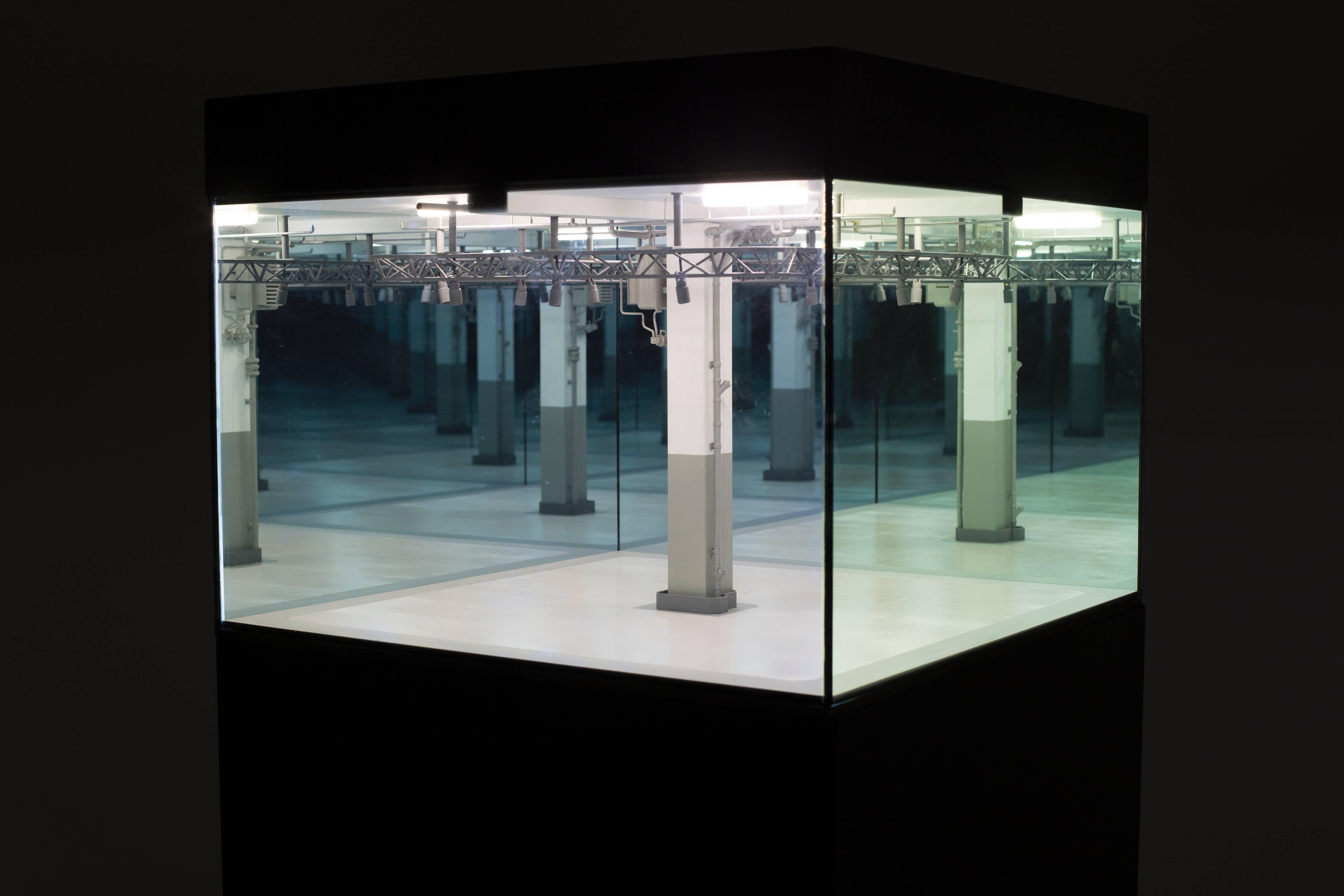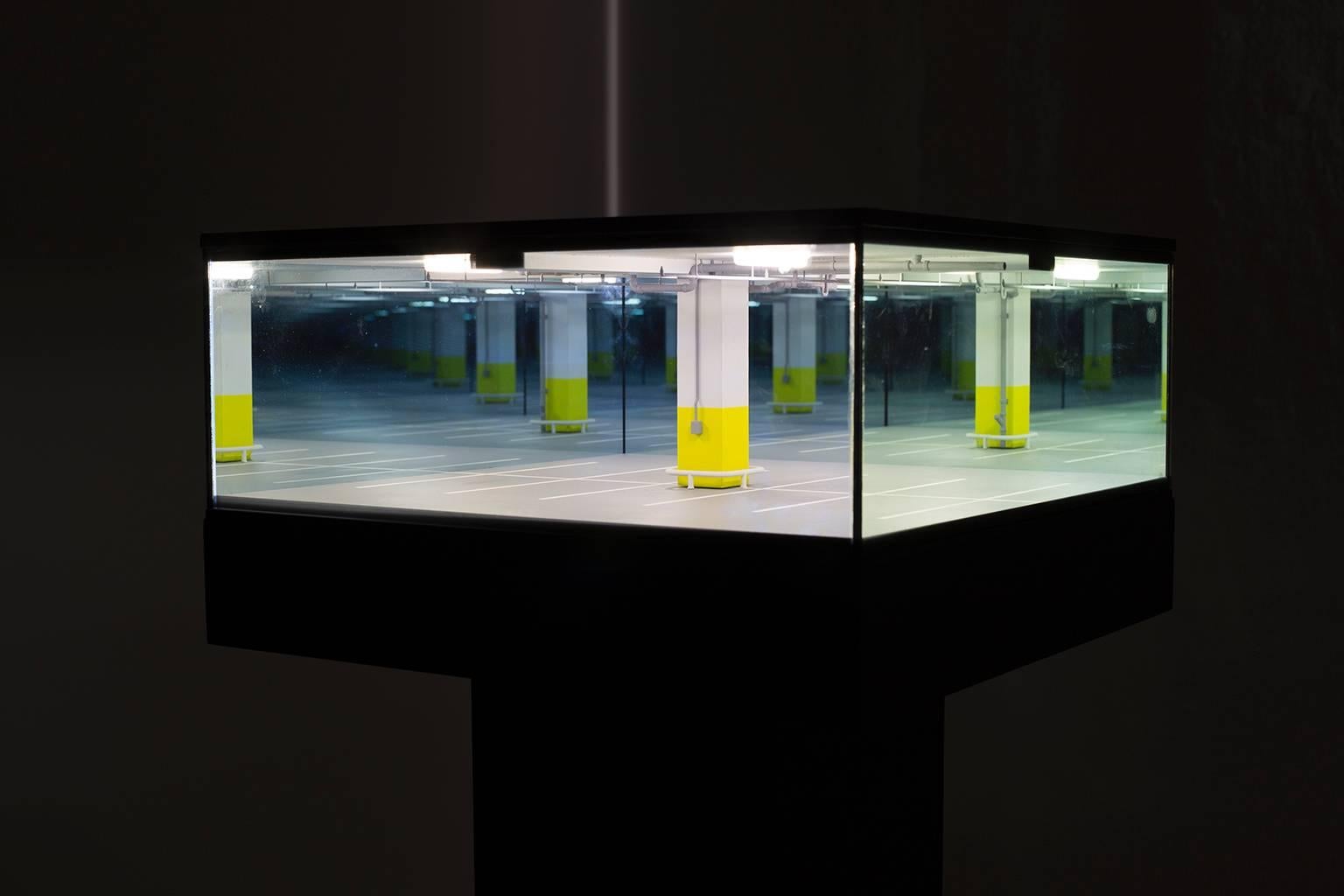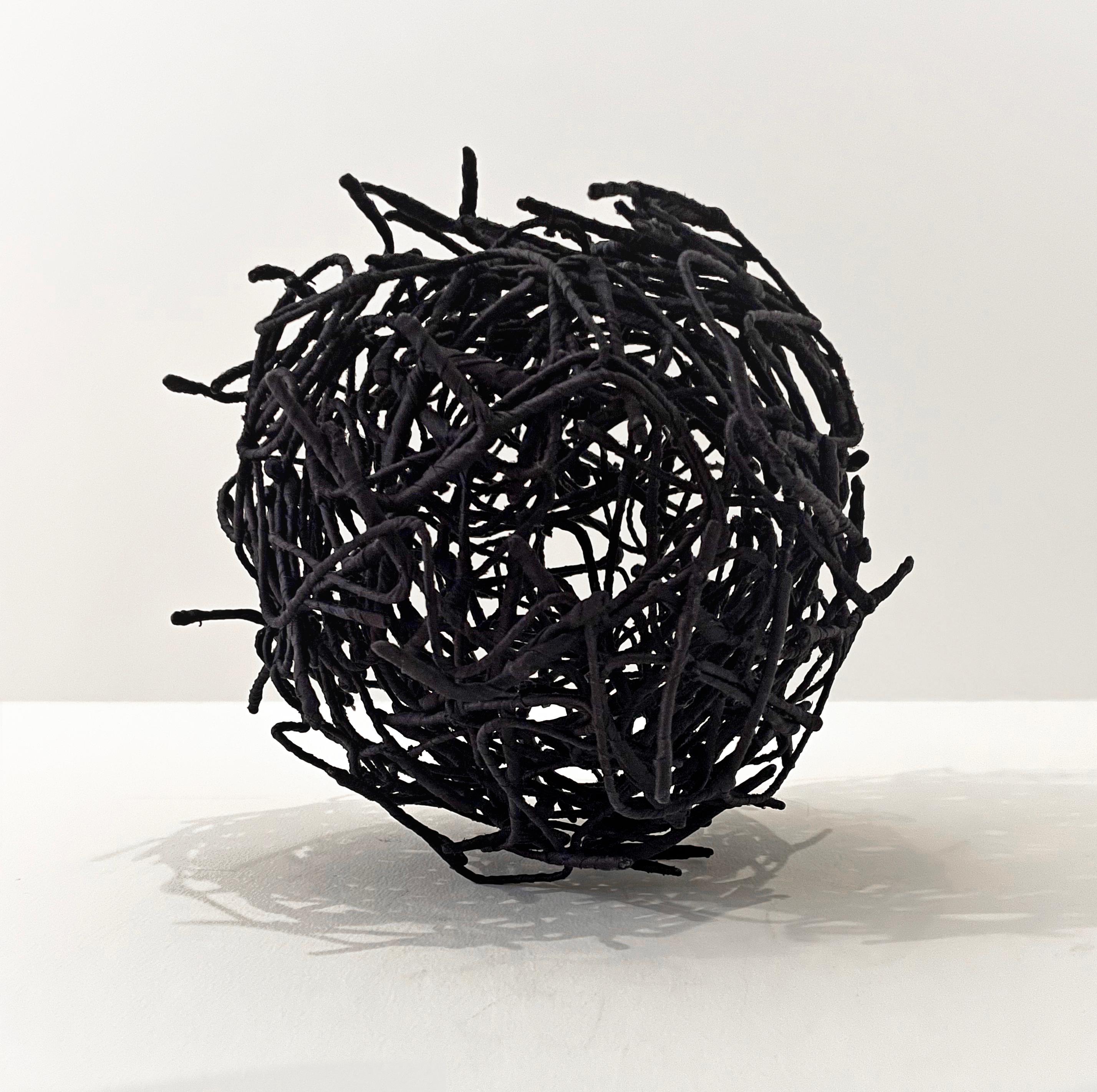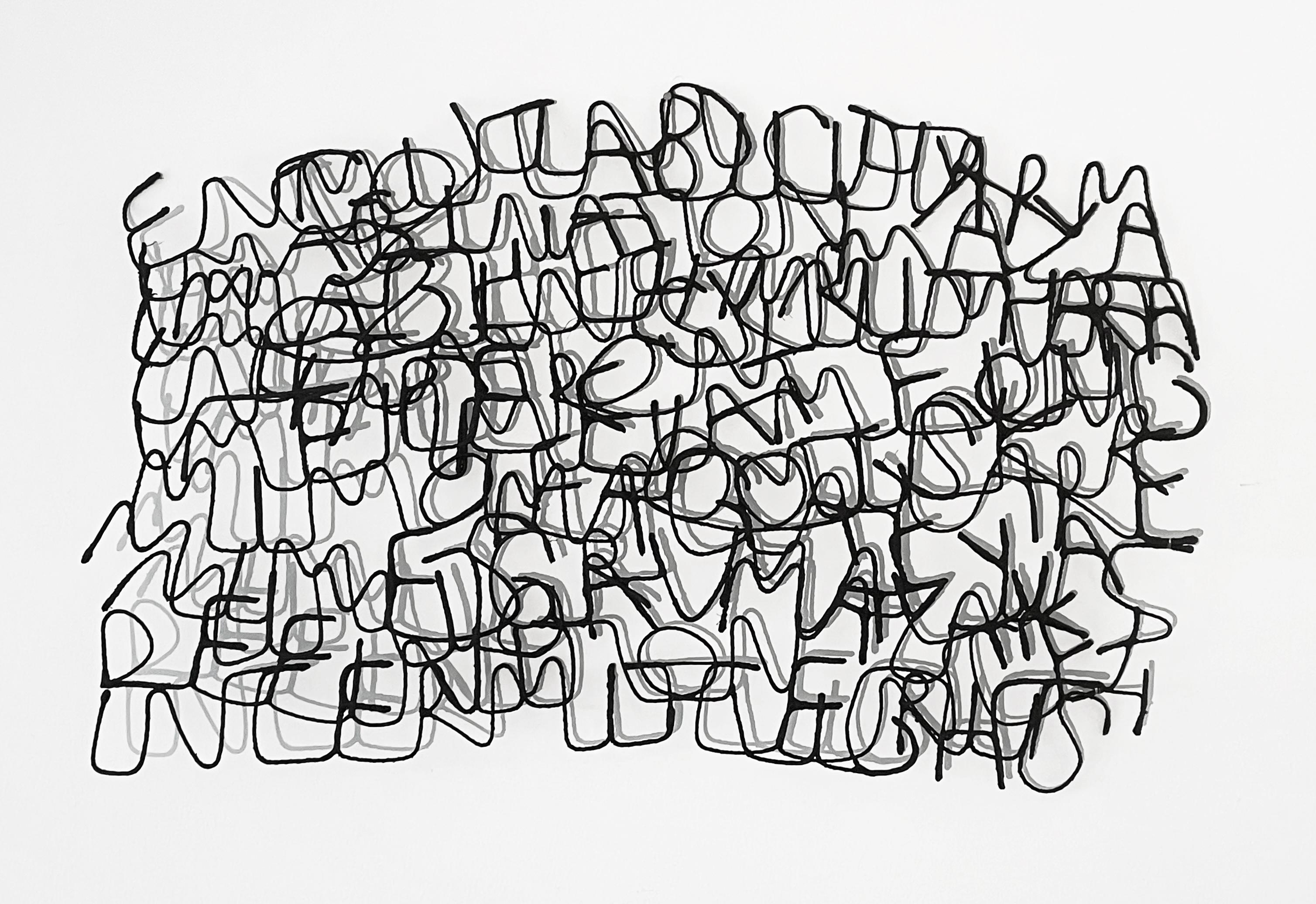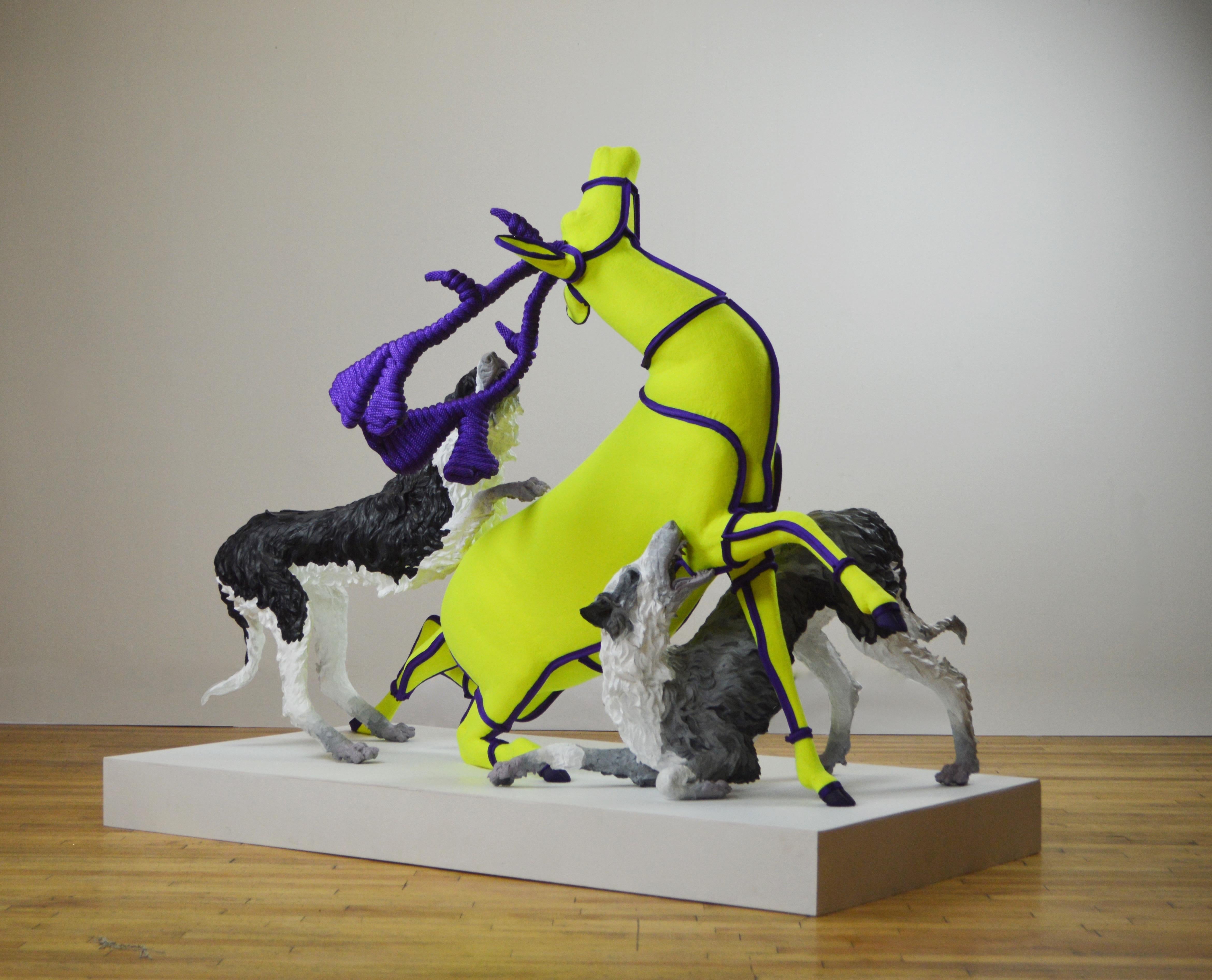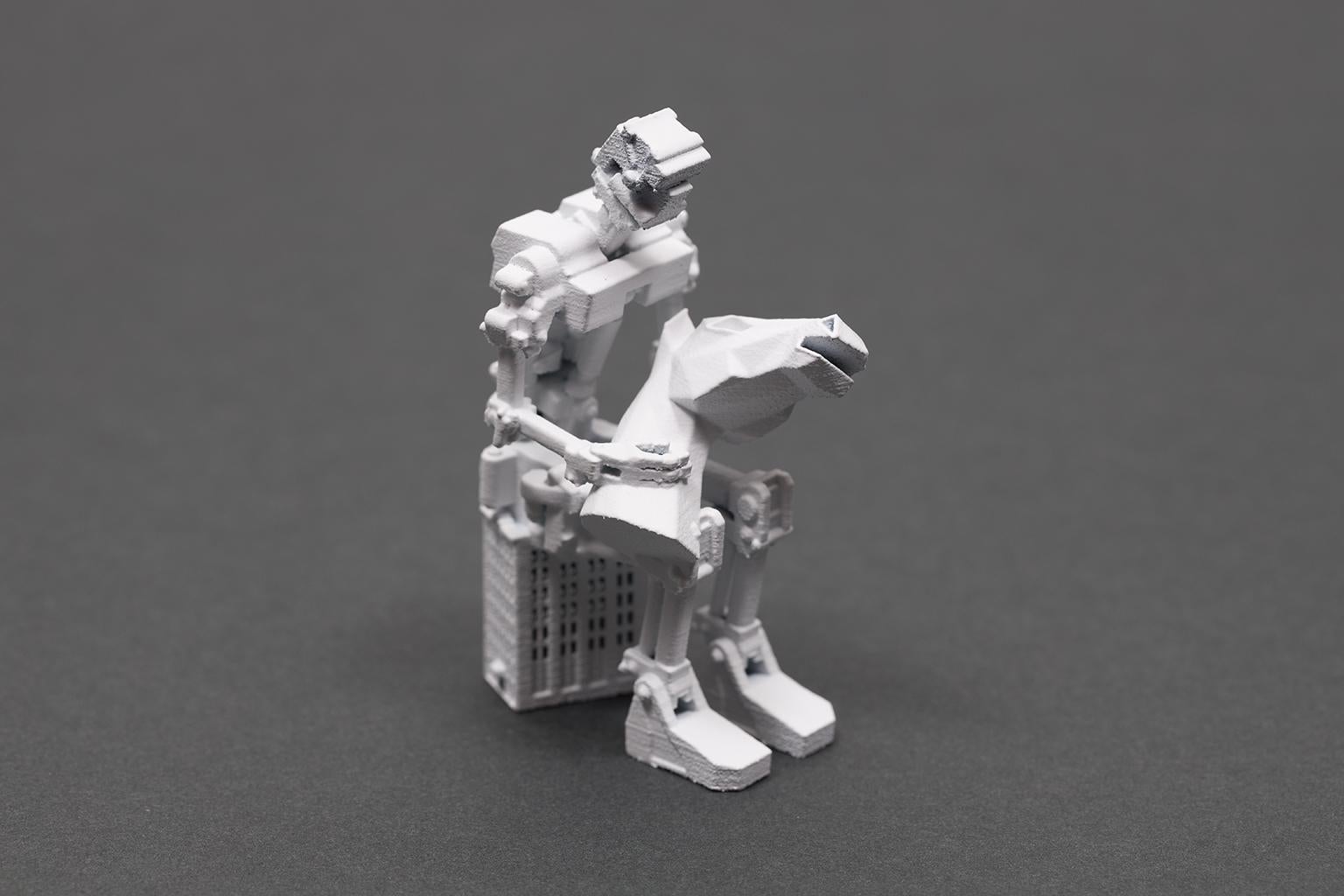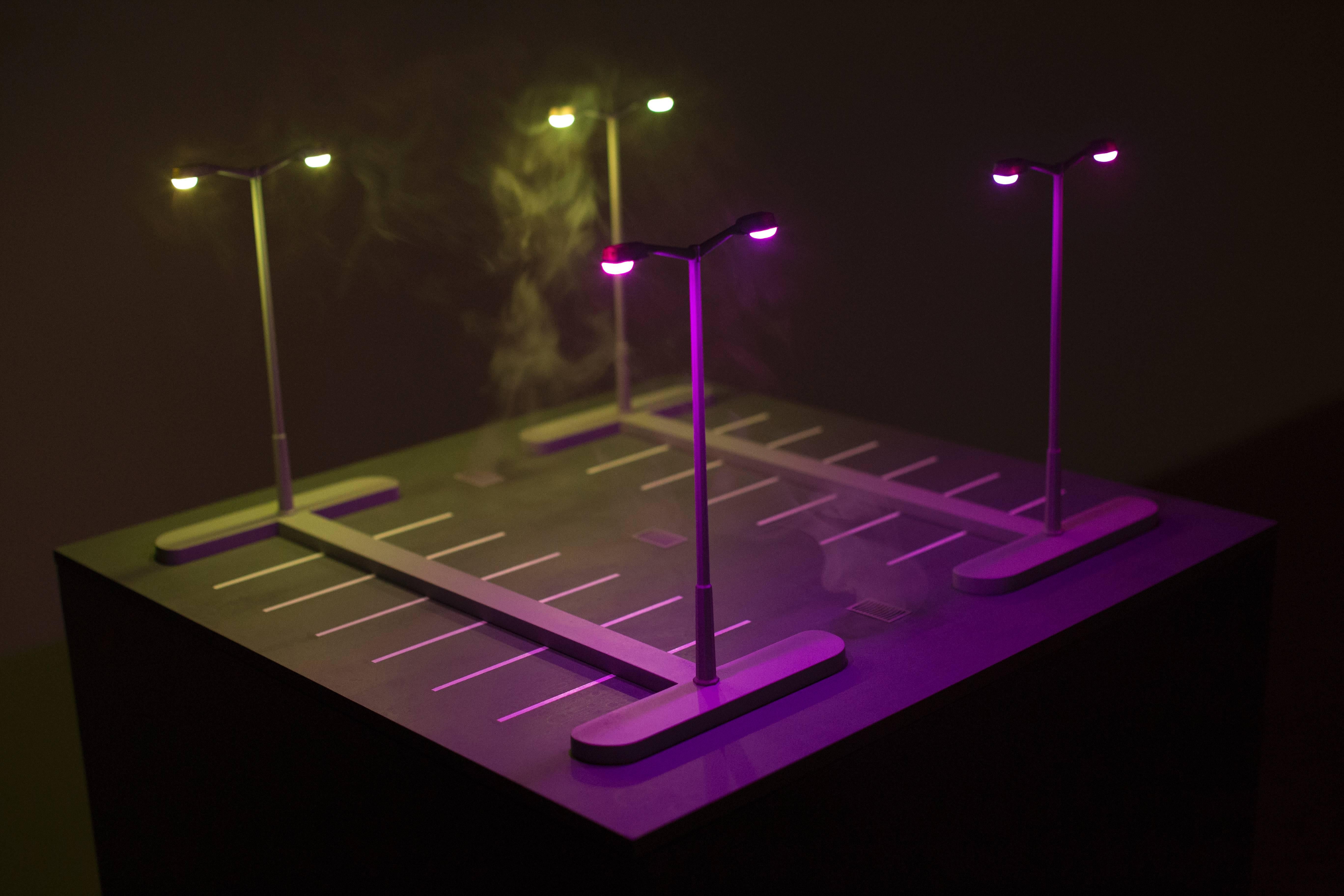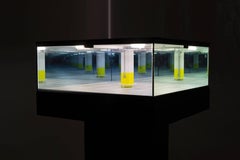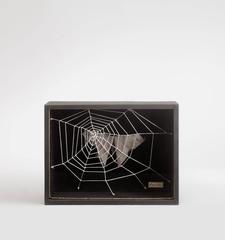
Box "Appropriation"
View Similar Items
1 of 2
TsuyuBox "Appropriation"2015
2015
About the Item
- Creator:Tsuyu (1967, Japanese)
- Creation Year:2015
- Dimensions:Height: 7.49 in (19 cm)Width: 10.24 in (26 cm)Depth: 2.76 in (7 cm)
- Medium:
- Movement & Style:
- Period:
- Condition:
- Gallery Location:Paris, FR
- Reference Number:1stDibs: LU47531364913
You May Also Like
- Night ShiftBy Guillaume LachapelleLocated in Montreal, QuebecText by Terence Sharpe There is a moment in Andrei Tarkovsky’s Solaris (1972) when the character Hari commits suicide by drinking liquid oxygen. As she is not actually a human, but an artificial hybrid product of the mysterious planet and the protagonists’ memories, she heals rapidly and is alive again minutes later. Her choice to take her own life is poignant, seemingly the action of a being becoming aware of its hopeless infinitude. Her realization that while the men will die on the space station or elsewhere, her existence is that of immortality, a deeply alienating notion that causes her to seek her own destruction. The Montreal artist Guillaume Lachapelle has one work that prompts a sense of eternal alienation that echoes Hari’s tragedy. The work greets the viewer with a empty doorway flanked by clinically white bookshelves...Category
2010s Contemporary Figurative Sculptures
MaterialsNylon, Glass, Wood, LED Light, Acrylic
- BreathLocated in New Orleans, LAThierry Job was born in Marseille, France and currently lives in San Miguel de Allende, Mexico. He studied art at the School of Beaux Arts in Paris. His works as been exhibited at th...Category
2010s Contemporary Figurative Sculptures
MaterialsSteel
Price Upon Request - UntitledBy Guillaume LachapelleLocated in Montreal, QuebecText by Terence Sharpe There is a moment in Andrei Tarkovsky’s Solaris (1972) when the character Hari commits suicide by drinking liquid oxygen. As she is not actually a human, but an artificial hybrid product of the mysterious planet and the protagonists’ memories, she heals rapidly and is alive again minutes later. Her choice to take her own life is poignant, seemingly the action of a being becoming aware of its hopeless infinitude. Her realization that while the men will die on the space station or elsewhere, her existence is that of immortality, a deeply alienating notion that causes her to seek her own destruction. The Montreal artist Guillaume Lachapelle has one work that prompts a sense of eternal alienation that echoes Hari’s tragedy. The work greets the viewer with a empty doorway flanked by clinically white bookshelves...Category
2010s Contemporary Figurative Sculptures
MaterialsNylon, Glass, Wood, LED Light
- Fiber Sculpture: 'IMAGINATION'By Federica Patera and Andrea Sbra PeregLocated in New York, NYImage, Imagination, Imitation: we can think these three words come from the roots √Im, but it’s not true. It’s necessary to combine the proposition in with mi, that is, √Mei, to obtain this kind of words. √Mei recalls something that catch the attention, that is intermittent and that can change. For the three following artworks we decided to decline the root starting from the concepts of light and sound, using a set of different languages, such as English, Russian, Sanskrit, Latin, Avestan, Greek and Persian, and to create shapes...Category
2010s Contemporary Figurative Sculptures
MaterialsSteel, Wire
- Fiber Wall Sculpture: 'IMAGE'By Federica Patera and Andrea Sbra PeregLocated in New York, NYImage, Imagination, Imitation: we can think these three words come from the roots √Im, but it’s not true. It’s necessary to combine the proposition in with mi, that is, √Mei, to obta...Category
2010s Contemporary Figurative Sculptures
MaterialsWire, Steel
- FetchLocated in Montreal, QuebecIn his recent works sculptor Nicholas Crombach uses the markers of tradition to critique social rituals. Through the employment of the mythology and the rich visual culture of the hunt, Crombach assembles works which revel in contradiction. He has created a series of unexpected juxtapositions that examine the cultural significance and the complex issues percolating around hunting and sporting traditions in the 21st century. For this exhibition, Crombach riffs off the myth of Diana and Actaeon, which provides a poignant framework for his theme. In the original story, Actaeon, the hunter and grandson of King Cadmus, is in the forest with his dogs, when he spies Artemis (Diana) in her bath attended by her nymphs. Diana was the goddess of the hunt, but when the mortal Actaeon sees her, her nymphs try to cover her modesty. She splashes him with water, turning him from a mortal man into a stag, who flees into the forest only to be hunted down and killed by his own dogs. The hunter becomes the hunted. Crombach’s Fetch (2018) refers to the mythology of Diana and Actaeon as he transforms the lofty and classical story of metamorphoses into a game of fetch in the local park, constructed on a grand scale. In Fetch (2018), Crombach creates a hybrid between the art historical imagery from paintings of hounds hunting stags with the flashy colours and synthetic materials of modern day dog chew toys. The sculpture is displayed alongside a variety of chew toys that act as an index for the sculptures interpretation, some transformed into porcelain that has been marked with the aristocratic hunting motifs found on antique English pottery. Here, the assembly of works create a conversation on the blurred boundaries between: histories of domestication, the working relationships we have with animals, contemporary issues of hunting as “play”, tradition and survival. A second major new sculpture “End of the Chase” is a collapsed version of a Victorian period rocking horse housed in London’s V&A Museum Of Childhood. The sculpture responds to the 2014 hunting act that passed in Britain which in turn attempts to obliterate the tradition of hunting with hounds, most commonly associated with the fox hunt...Category
2010s Contemporary Figurative Sculptures
MaterialsAcrylic, Polyurethane, Nylon, Resin
$28,000
